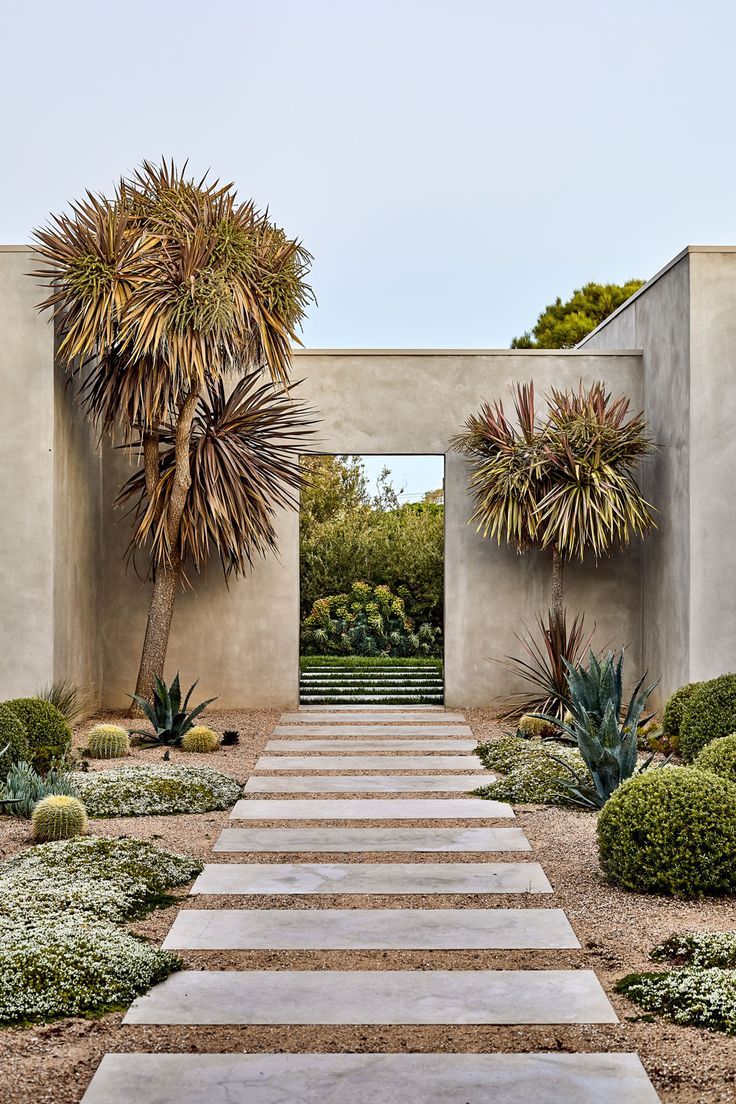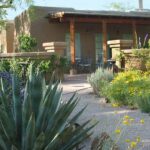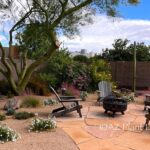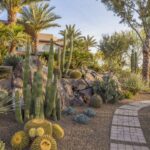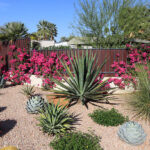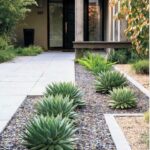Desert landscaping is becoming increasingly popular as homeowners seek low-maintenance and water-efficient options for their outdoor spaces. This type of landscaping is well-suited to regions with hot, dry climates where traditional grass lawns may struggle to thrive. By utilizing native plants and drought-tolerant species, desert landscaping can create a beautiful and sustainable environment.
One of the key principles of desert landscaping is to choose plants that are well-adapted to the natural environment. Native plants are best suited to survive in the harsh conditions of the desert, as they have evolved over time to be resilient in extreme temperatures and low water availability. Some popular choices for desert landscaping include succulents, cacti, and agave plants, which not only require minimal watering but also provide unique textures and shapes to the landscape.
In addition to choosing the right plants, desert landscaping also involves strategic design to conserve water and create visual interest. Installing drought-tolerant ground covers can help to reduce water evaporation from the soil and prevent erosion, while using rocks and gravel can add texture and contrast to the landscape. Mulching around plants can also help to retain moisture in the soil and reduce the need for frequent watering.
Irrigation is a crucial component of desert landscaping, as plants still require some water to thrive in the dry environment. Drip irrigation systems are often recommended for desert landscapes, as they deliver water directly to the root zone of plants, minimizing evaporation and runoff. Some homeowners also opt for rainwater harvesting systems to supplement irrigation and reduce reliance on municipal water sources.
Another important aspect of desert landscaping is soil preparation. Desert soils are often poor in nutrients and can have high levels of salt, which can be harmful to plants. Adding organic matter such as compost or mulch to the soil can improve its fertility and water retention abilities, helping plants to establish and grow successfully. Amending the soil with gypsum can also help to improve drainage in clay soils commonly found in desert regions.
Overall, desert landscaping offers a sustainable and environmentally-friendly alternative to traditional landscaping practices. By selecting drought-tolerant plants, implementing water-saving irrigation systems, and improving soil quality, homeowners can create a beautiful and low-maintenance outdoor space that thrives in the unique conditions of the desert. With careful planning and design, desert landscaping can turn a barren landscape into a vibrant and sustainable oasis.
